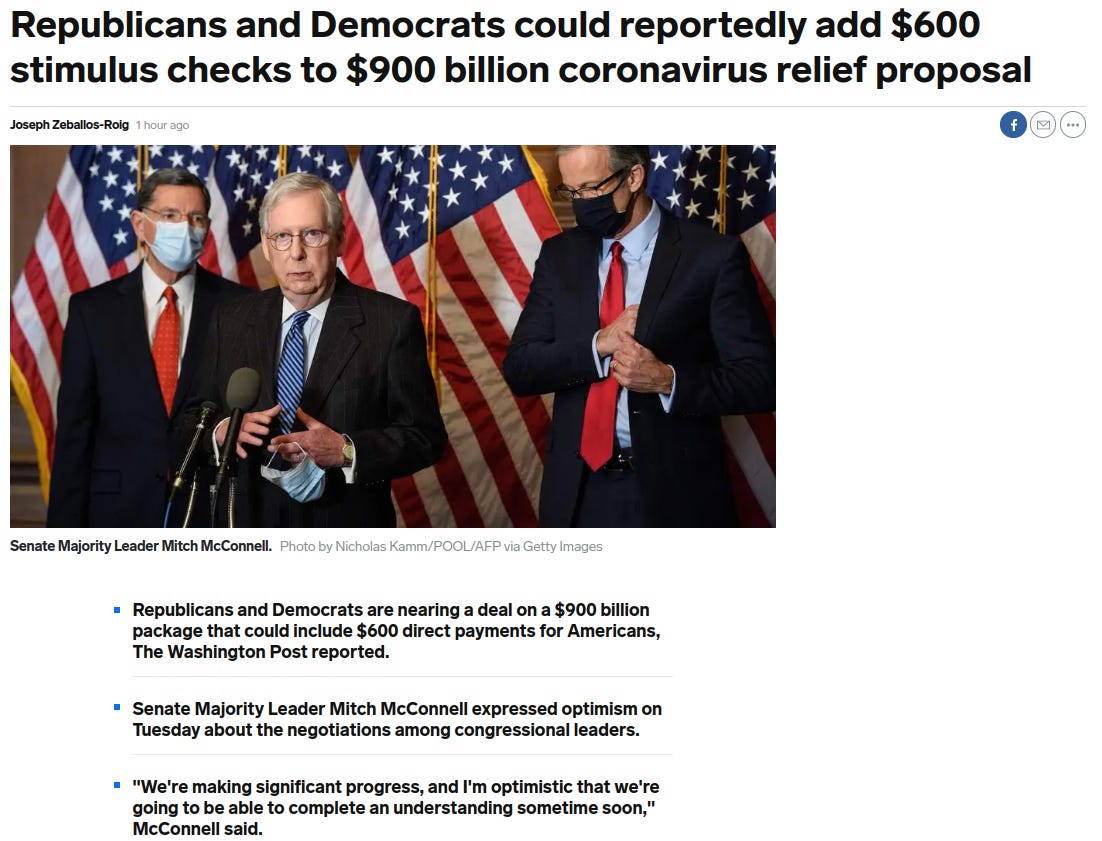Brevity for news can be good. But not on Facebook.
The soul of wit is about to become the soul of despair.
My liege and madam, to expostulate
What majesty should be, what duty is,
Why day is day, night night, and time is time,
Were nothing but to waste night, day, and time.
Therefore, since brevity is the soul of wit
And tediousness the limbs and outward flourishes,
I will be brief: your noble son is mad.
Mad call I it, for, to define true madness,
What is ’t but to be nothing else but mad?
But let that go.
(The Chandros Portrait image via Wikipedia)
In a company-wide meeting yesterday, Facebook said that it’s creating an AI tool to “summarize long-form articles and spit out bullet points,” BuzzFeed’s Ryan Mac reported.

This is a solution to a problem that doesn’t exist. Well, perhaps that’s not entirely accurate, especially if you’ve been an online denizen these last few years.
News of the tool, which was first shared by BuzzFeed News, did not sit well with members of the media who have been frustrated with Facebook’s absorption of large swaths of online advertising and creation of a platform where news competes against misinformation and untrustworthy sources. In Australia, lawmakers have forced Facebook to pay media organizations for news, while in other parts of the world, the company has partnered with some “trusted” outlets, including BuzzFeed News, to pay for the use of their content.
“I feel sometimes like there is someone in FB HQ whose job is trying to come up with new ways of completely destroying any semblance of intelligence in America,” tweeted WNYC editor-in-chief Audrey Cooper.
Take a stroll around certain news sites and you’ll have noticed that some of them have added bullets at the top of the page, informing very busy readers of the main points of the article.
Some, like Business Insider, provide readers with a couple key sentences, and perhaps a quote. Sometimes it’s a good entry into a story, a compelling hook or engaging topic; other times it’s for a quick down-and-dirty synopsis:
Axios’s whole mantra is getting you “smarter, faster on what matters.” Designed for the mobile and social audience, Axios flexes its reporting muscles in what marketers call “snackable content.”
Even Bloomberg gets in on the action, which makes sense since the whole outlet stems from the Bloomberg Terminal, a place where financial traders and brokers get bursts of information fractions of a second before others:
These publications were built with this design feature in mind; their audiences know what to expect. And it’s not surprising when, say, Business Insider picks up the Morning Brew newsletter, which also has a brevity philosophy.
In 2013, Slate wrote that not only do most people not make it to the end of an article, most people bounce after the first paragraph, giving credence to publishers that take a bullet point approach to informing readers.
Adherents of the bullet-for-information strategy often say that it’s great for readers who just want to know the who, what, when, where, why of a piece. I can understand that. But, arguably, that’s what the headline, dek, lede and nut graph all accomplish.
But not every site serves their reader in the same way. Insight boxes on The New Yorker or The Atlantic wouldn’t make sense, as readers are conditioned to reading lengthy pieces. But what about newspapers, like the New York Times or Wall Street Journal? Or trade publications like Adweek or Adage?
My incredibly hot take on a cold winter’s day: insight boxes diminish the work of the reporter, who spent hours/days/months on a story. Sure, for readers, distilling an 800-word or 8,000-word story into a few bullets can give the essence of the story, but it doesn’t address the nuance (let alone the craft of writing and editing). Readers, ostensibly, land on a page to read. Foolish thinking, I know.
Taking a broader perspective, the whole insights box, it can be argued, is taking what social media has done to the news landscape and publishers are trying to compete with the brevity of Twitter and Facebook.
As Simon Owens wrote in 2018
In fact, the vast majority of social media users will interact with content without actually clicking through and consuming it. One study from Columbia University found that 59 percent of links shared on social media aren’t even clicked on. Data collected from Hubspot found that “there is no correlation between retweets and clicks.”
This is not great, and the last four years are a proof point that brevity doesn’t make us any smarter, as we witnessed our commander-in-chief create dizzying displays of nonsense through Twitter (and compare that to his predecessor [or his staff] who instead would write lengthy posts on Medium; let alone books.
What it does do quite well is enrage us. Of course, the toothpaste is out of the tube, and there’s no going back to mornings of solely reading the newspaper to get information. But I do wonder if putting bullets at the top of stories as a way to move the herd is the best thing to inform a society.
And when society lives on one site, and that site now wants to put machine learning in the driver’s seat to determine which aspects of a news article is the most important and relevant to its audience, it doesn’t take Shakespeare to see which way the wind blows here: true madness.
Thank you for allowing me into your inbox, today and every day. If you have tips, or thoughts on the newsletter, drop me a line. Or you can follow me on Twitter. If you arrived here via social or through a colleague, please consider signing up. Thanks for reading and I’ll see you tomorrow!
Frank Zappa, “Don’t Eat the Yellow Snow”
Some interesting links:
For CMOs:
Advertising is complicated but Melissa Grady is very good at it. (The Verge)
For capitalism:
America’s biggest companies are flourishing during the pandemic and putting thousands of people out of work (WaPo)
For some prescriptive journalism for journalists:
Journalists, it’s time for a cold-turkey breakup with Trump (WaPo)
For Big Tech fights:
Facebook attacks Apple’s iOS changes in full-page newspaper ads (Bloomberg)
For newsletters:
Substack launches an RSS reader to organize all your newsletter subscriptions (The Verge)
Media company Industry Dive is acquiring CFO.com and expanding its finance coverage after building a profitable business on B2B news (Business Insider)
For subscriptions:
Why news publishers are eagerly bundling their subscriptions with brands (Digiday)








I wonder if this could be considered a derivative use under copyright law. I know abstract and summary services exist, but is there a legal weak point? If so, FB could be on the hook for potentially staggering sums given statutory damages for registered works.